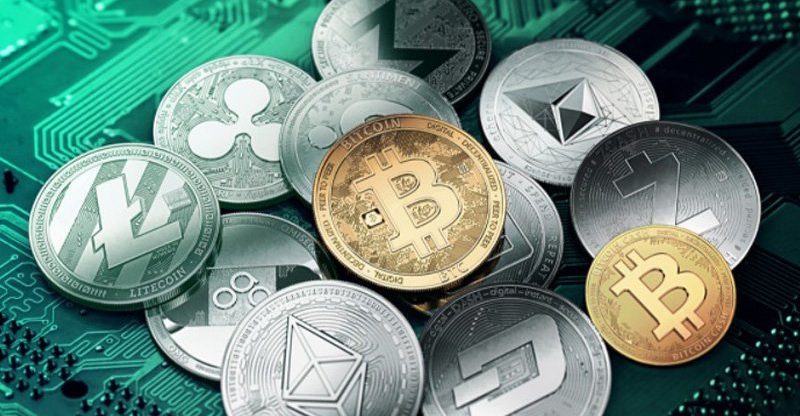Expert Take On Why The Cryptocurrency Market Is So Volatile
Last year was the least unstable in stock market history of decades. Traders who historically have profited off of pricing swings have given their jobs to high-frequency trading algorithms run by computers that act on the millisecond. On Wall Street, humans are a commodity being replaced by machines, and yet four years of precariousness in the stock market can be covered in a month of pricing movements in the cryptocurrency markets.
Veteran cryptocurrency investors know this to be a fact, but exactly why is this asset class more fickle than any other liquid asset in the market?
In spite of company sized valuations, cryptocurrencies don’t sell a product, earn revenue or employ thousands of people. They generally don’t return dividends, and just a tiny amount of the total value of the currency goes into evolving it. Because of this, it is hard to value. How do we know if it is overbought or oversold? When is it a good value or overpriced?
Cryptocurrency is a worldwide phenomenon, and while governments are clamping down on the industry, regulation is still in its early days. Such limited regulation allows for market manipulation which, in turn, introduces instability, and discourages institutional investment, since a large fund has no assurances that their capital is truly secure or at least protected against such bad actors.
Crypto investors are taught to never keep coins on an exchange, which can be hacked. Consequently, most of the tradable supply is not on an exchange order book but in off-exchange wallets. In contrast, nearly all of the tradable stock of a publicly listed company is transacted on a single exchange. A large market order can eat into an exchanges order book on the way up or down, causing something called “slippage.” We saw an exaggerated example of this in GDAX Ether flash crash, but less extreme versions of this occur on a daily basis. Because of the capacity for large traders to move the market in either direction and employ tactics to encourage this, volatility goes up.
If you invest into something that you don’t expect to take out until you’re 60 years old, then you are probably less concerned about its daily or even yearly price movements, thus you’re less likely to trade it. Cryptocurrencies, for the most part, can’t be bought in retirement accounts, and are generally unreachable to retail brokers and financial advisors, so an entire ecosystem of investors is left out. This leaves us with early adopters that are comfortable with the technology hurdle of dealing with wallets, and web-based trading platforms, the same ones that are refreshing Blockfolio every 10 minutes, high-fiving each other when the coins moon, or sweating in a panic when the price drops. These are the same kind of people who don’t have the discipline to just buy and hold for the long run, and therefore contribute to the panic sells or FOMO buys.
Over time, we can expect more regulation, a greater diversity of investors, and a more mature outlook on the crypto market. We can also expect higher utility value as merchants find more easily reached ways of accepting cryptocurrency, and the technology behind transactions also improves. While instability may decrease, we can also expect a gradual but steady surge in the value of the cryptocurrency market as a whole. Just as the stock market has given way to long-term holders, so too will the cryptocurrency markets. At the very least, it appears to be something that is going to be here for the long run.





